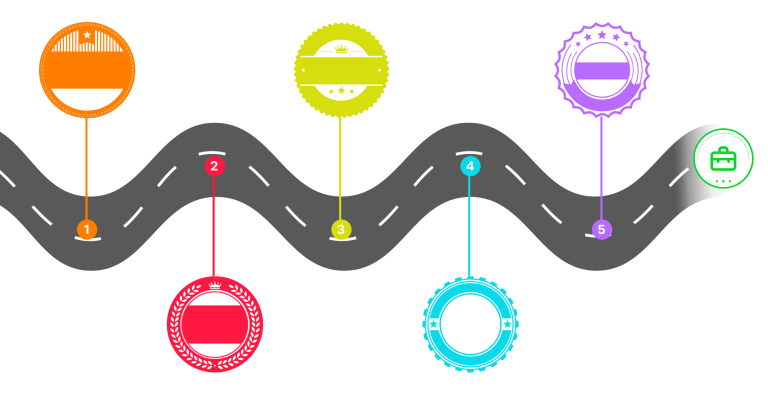Simplifying Resume Management: Smart Solutions for Job Seekers in the Modern Job Market
In today’s fast-paced job market, tailoring your resume to each job application is not just recommended — it’s essential. Recruiters now expect highly relevant resumes aligned with specific job roles,…








